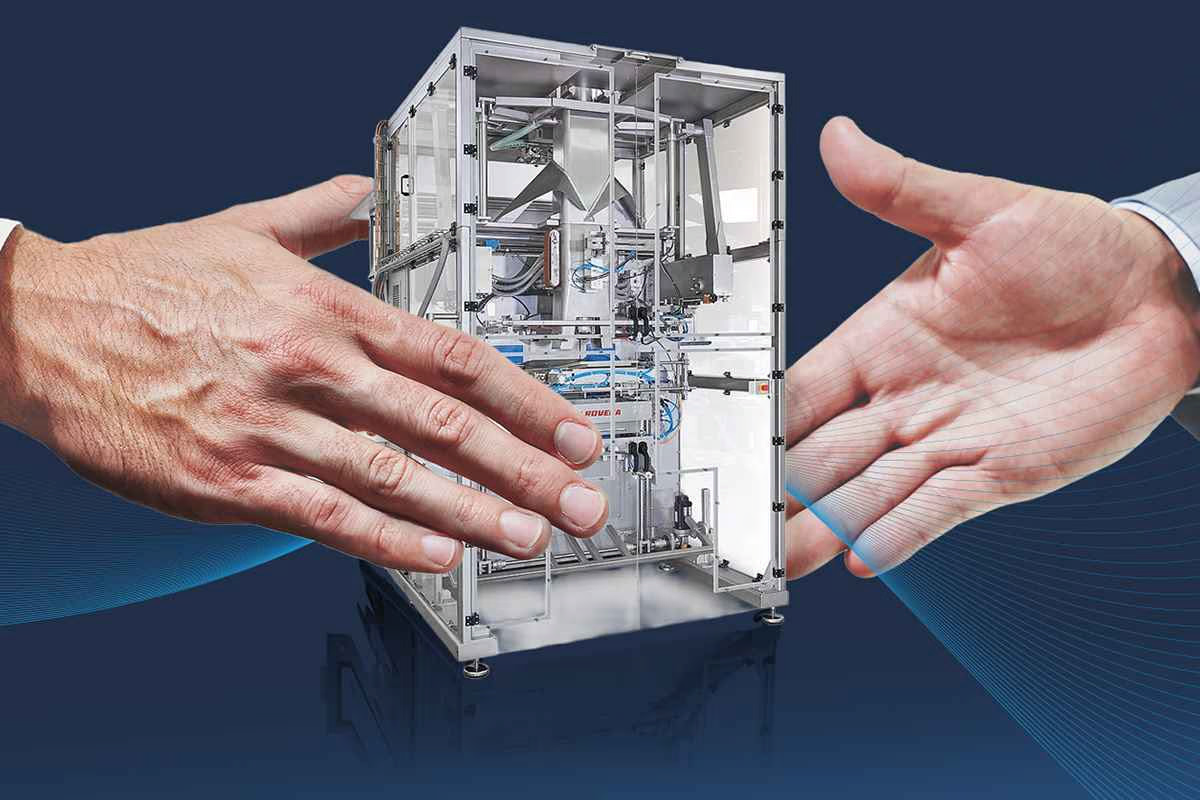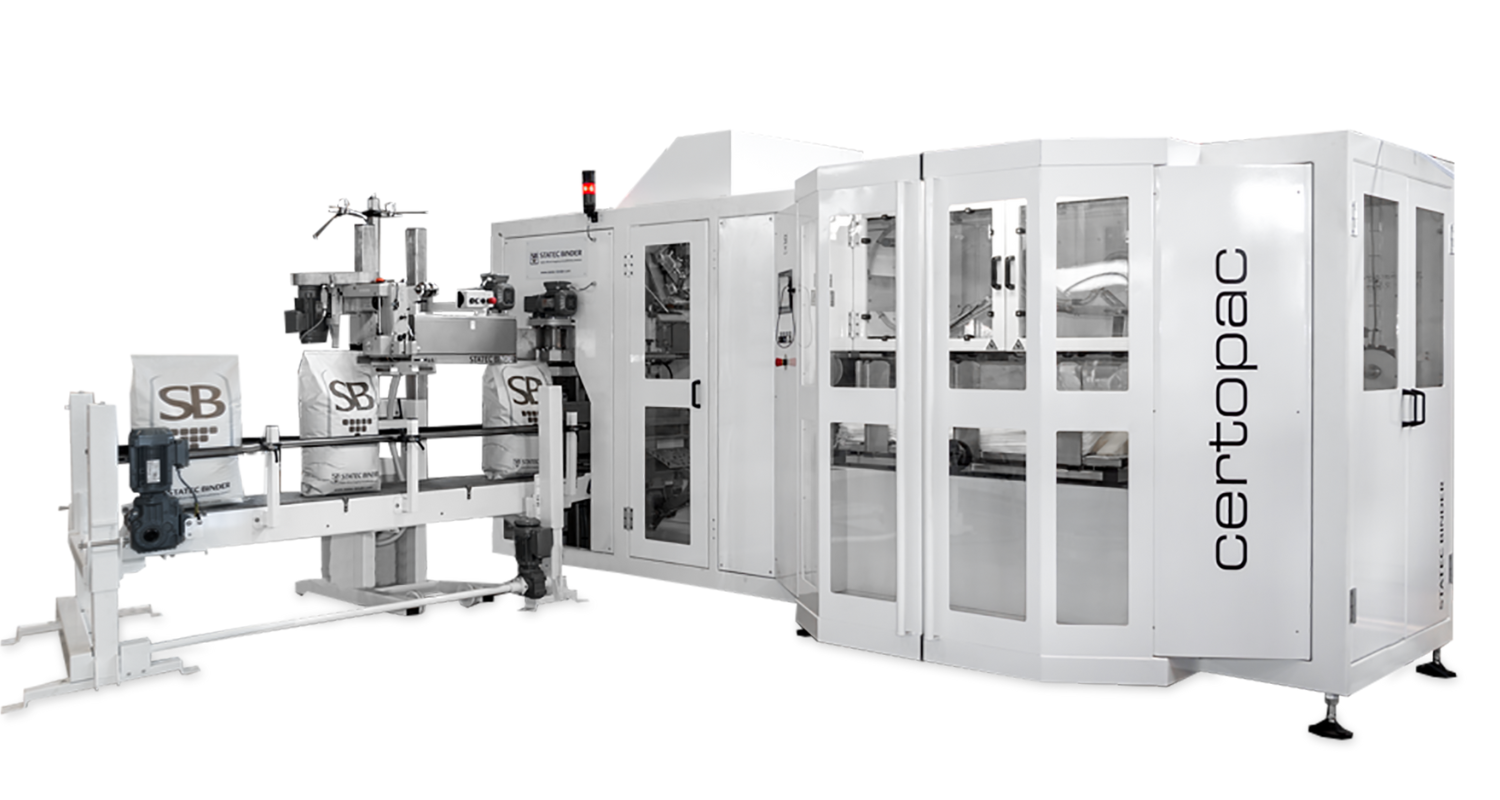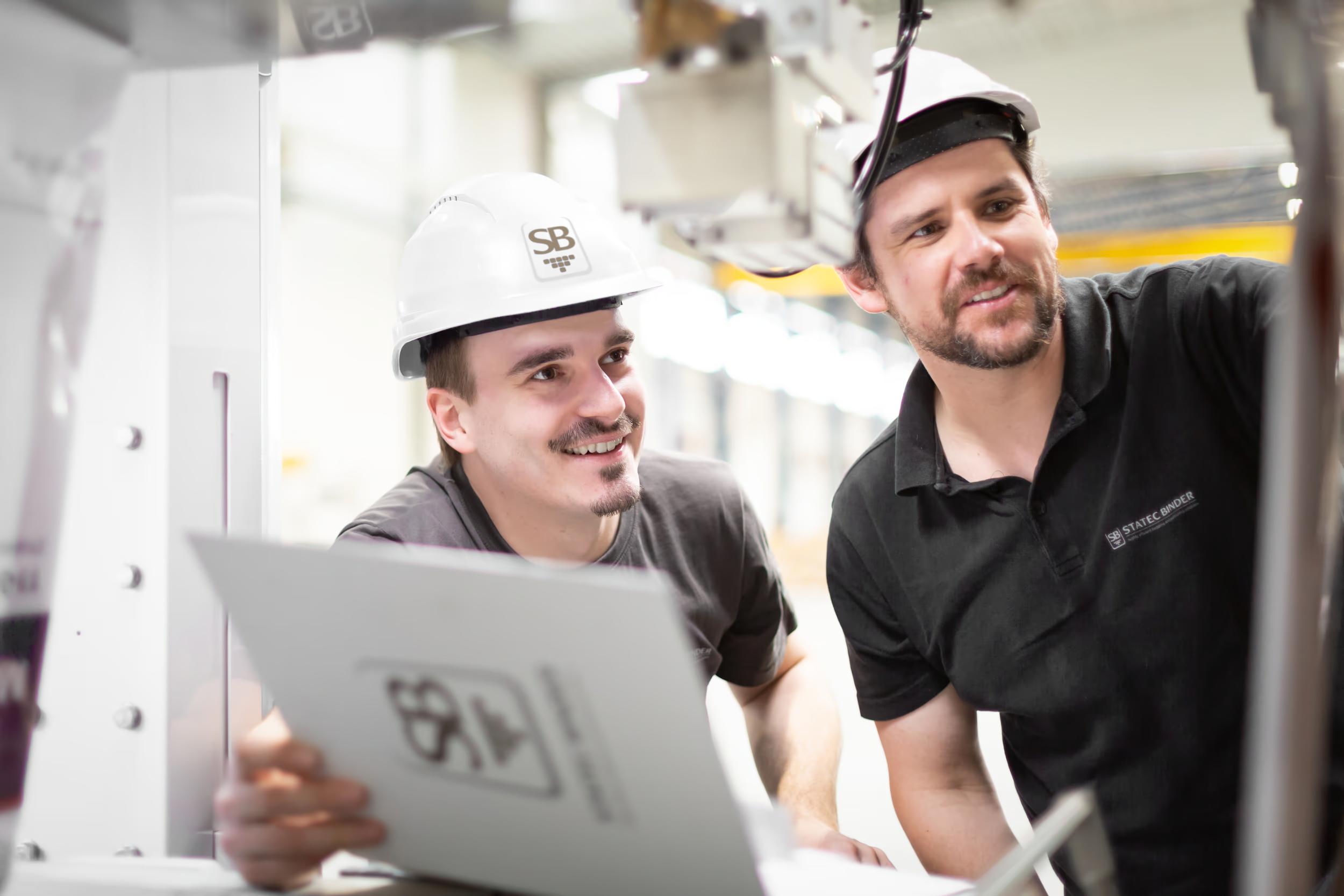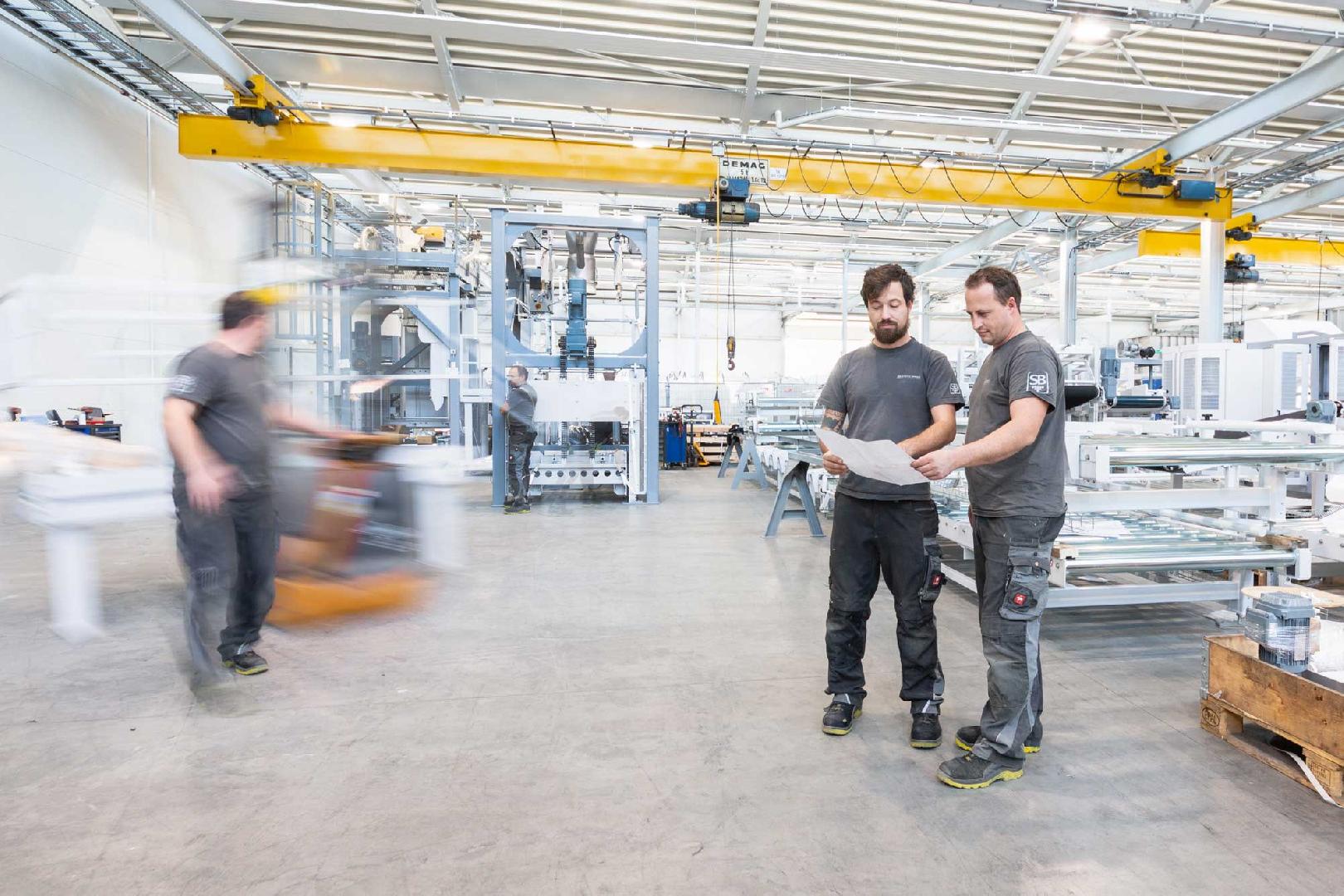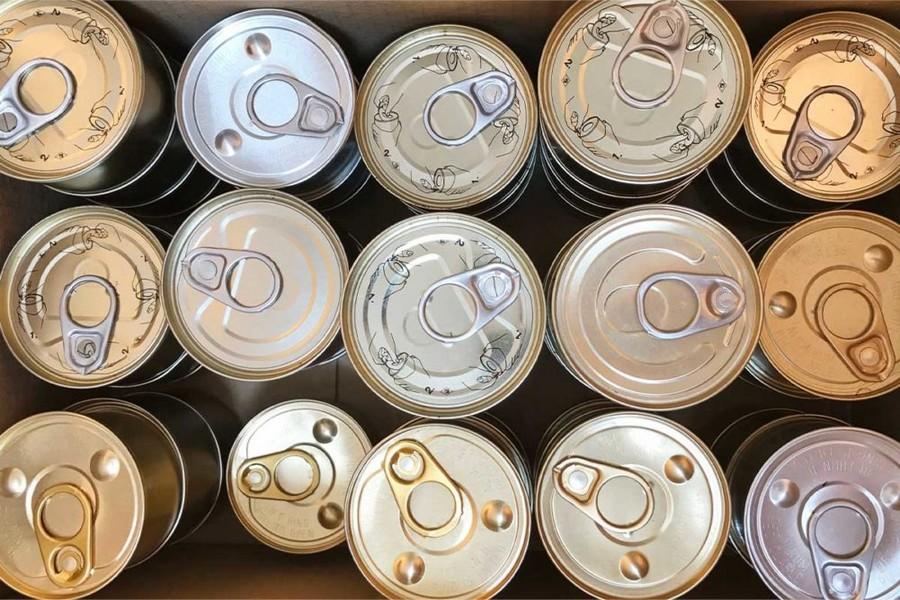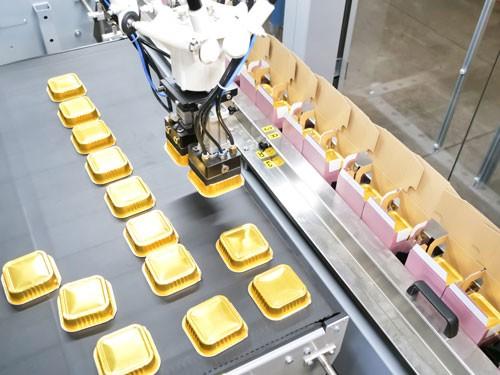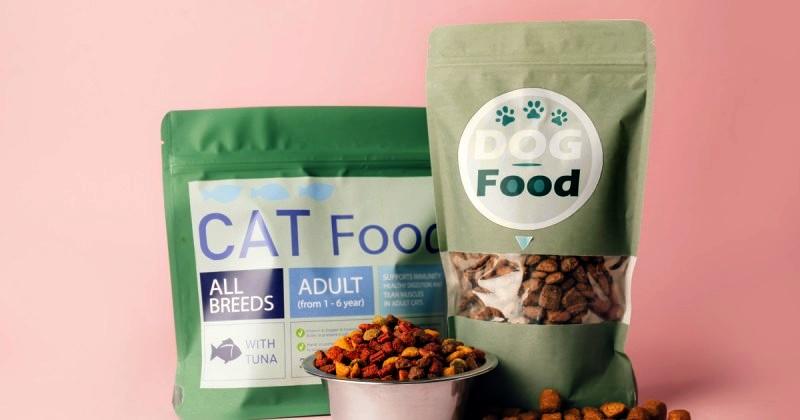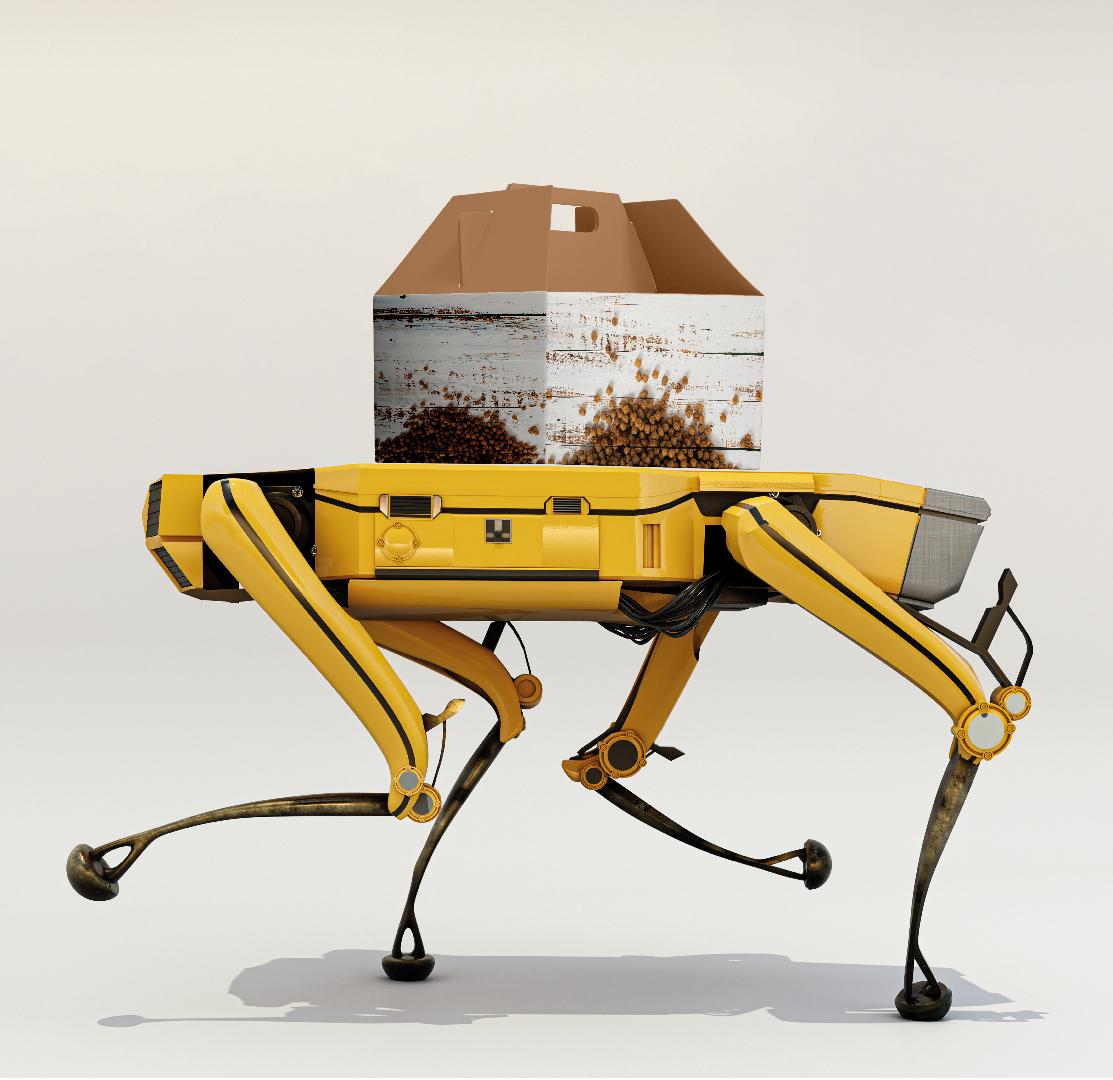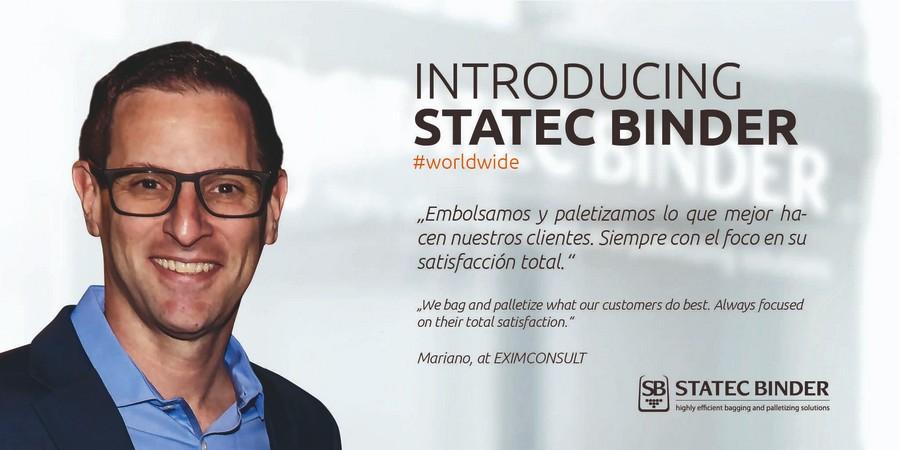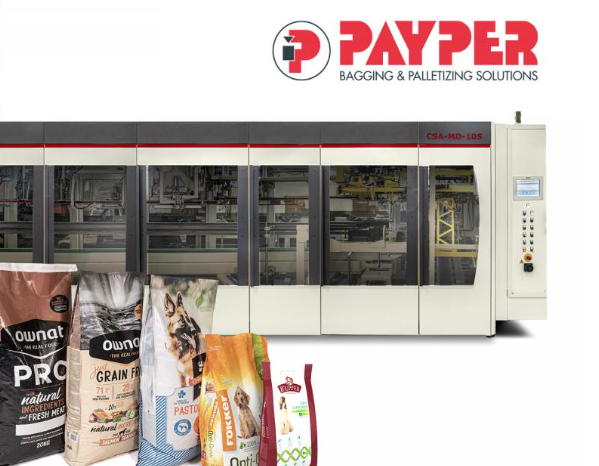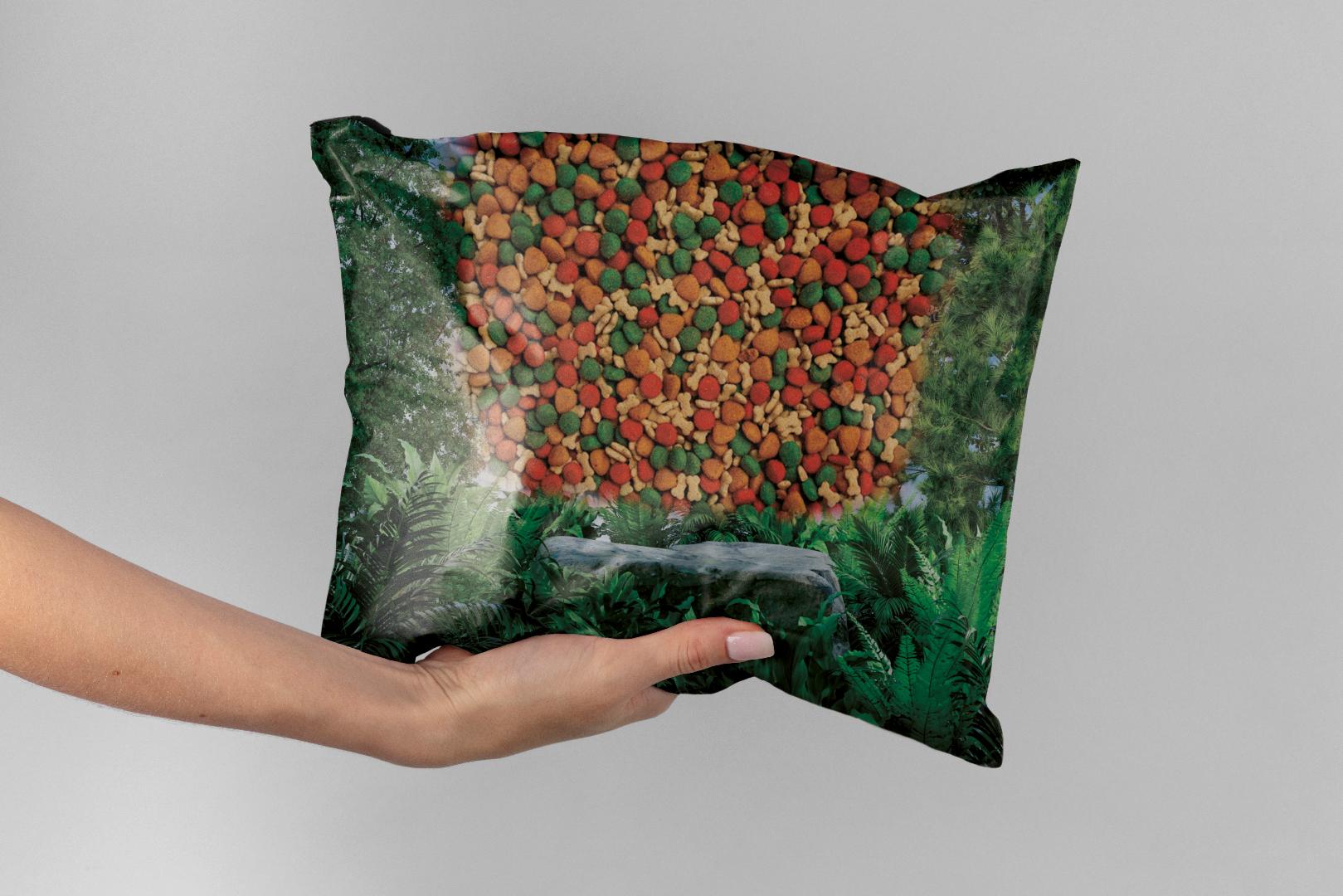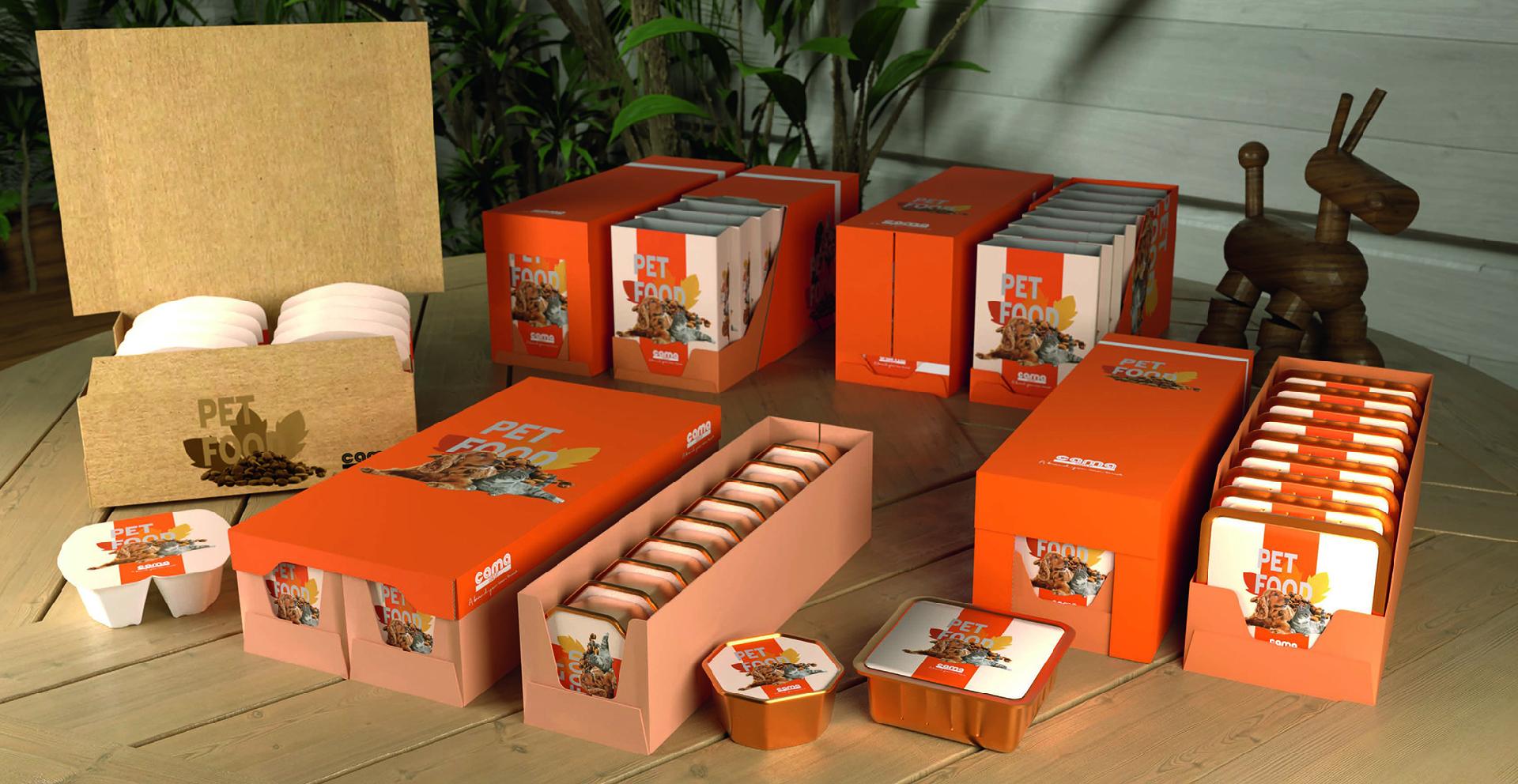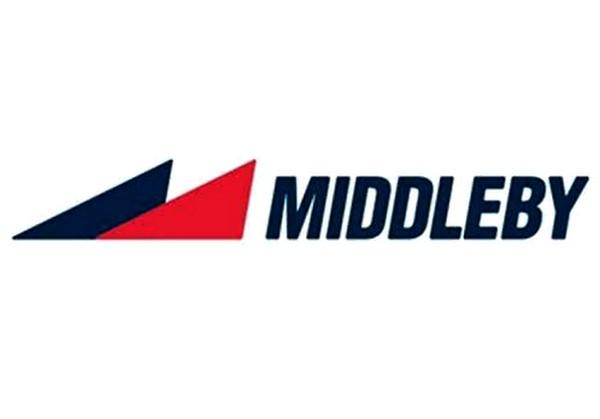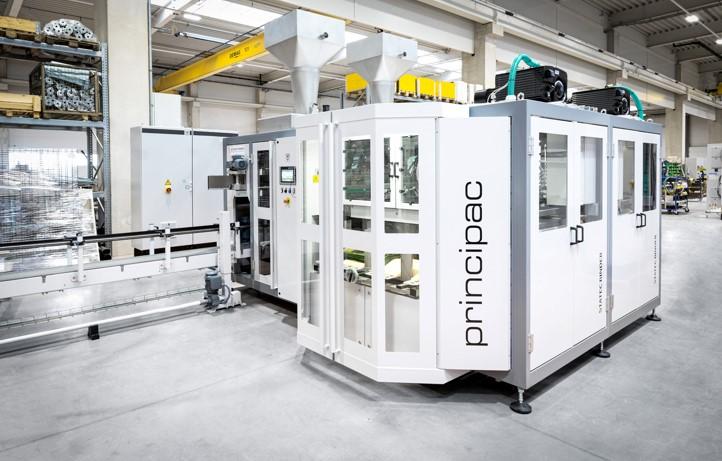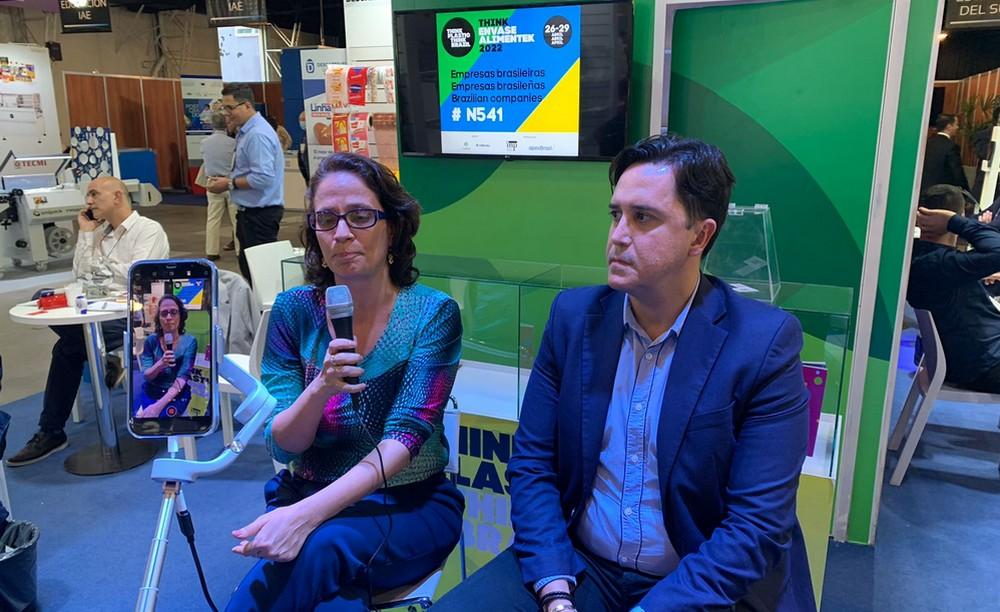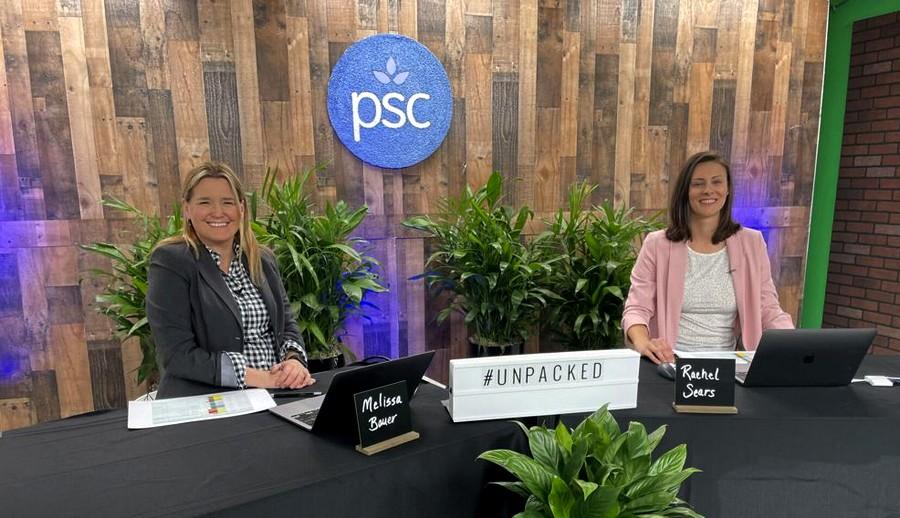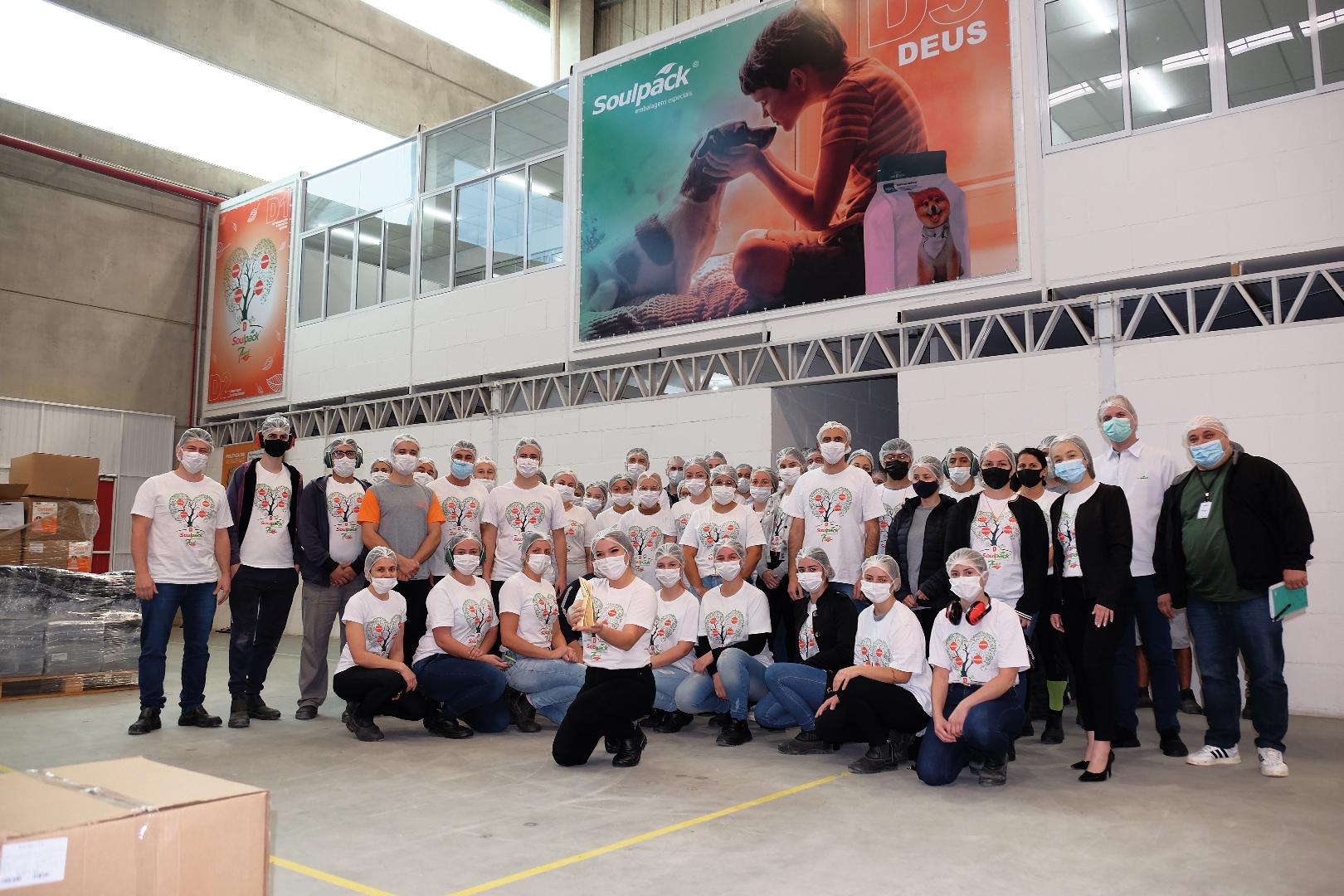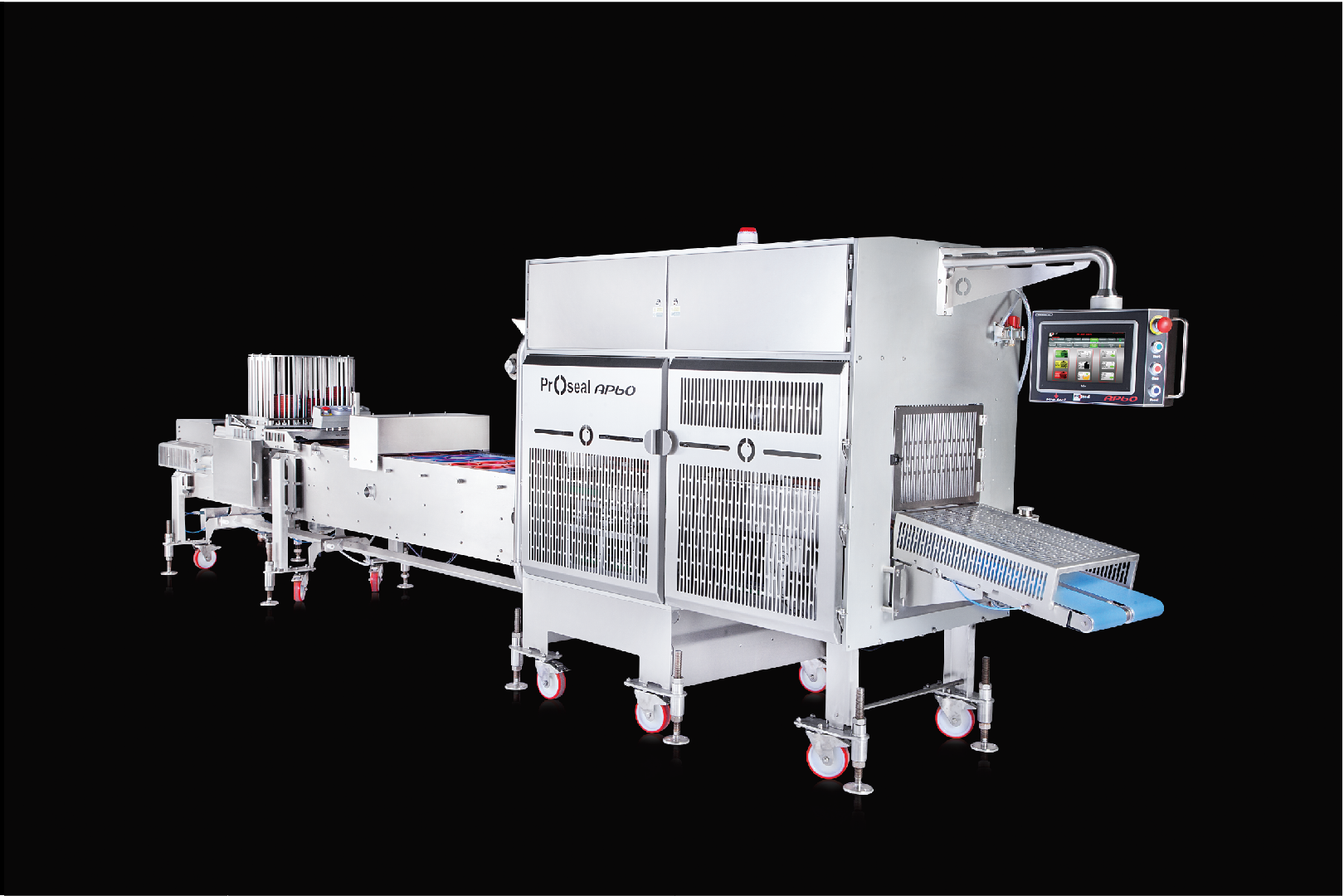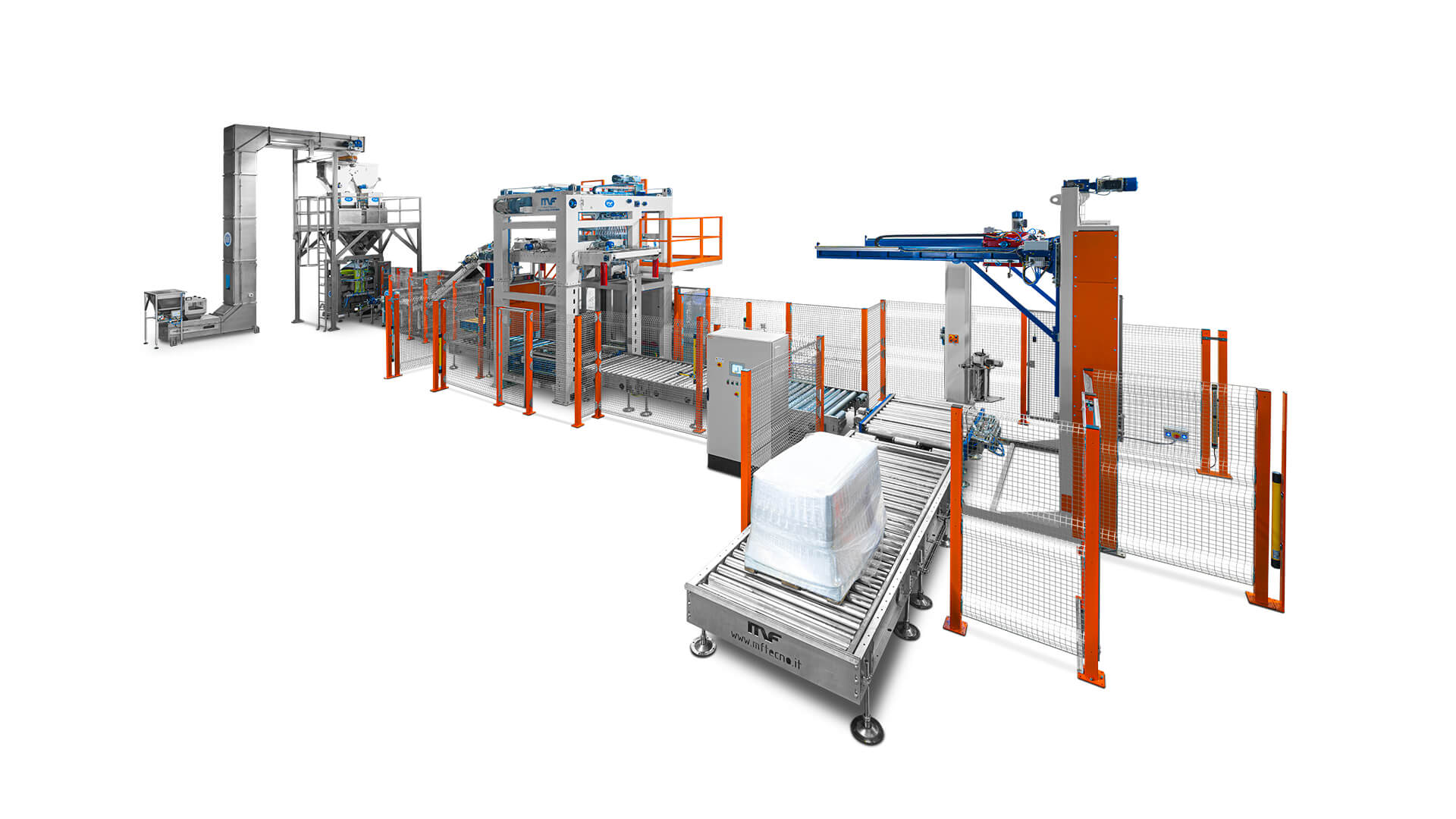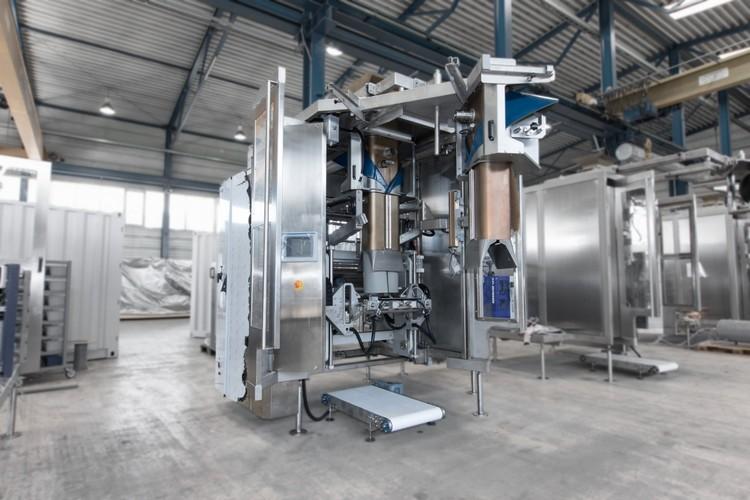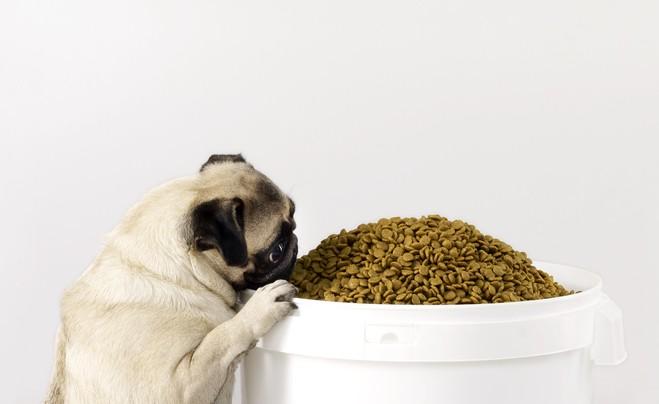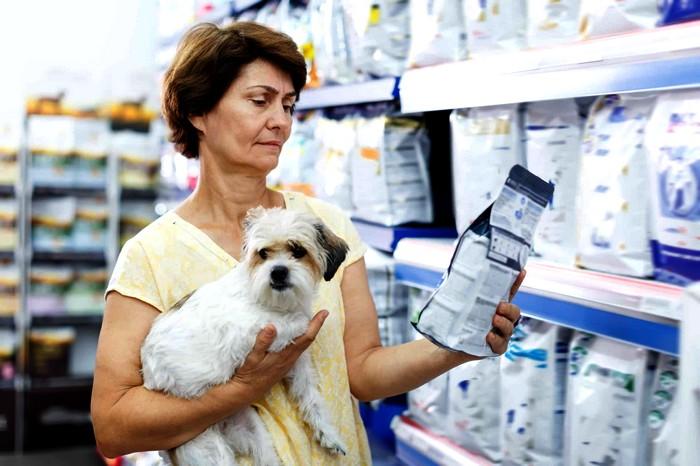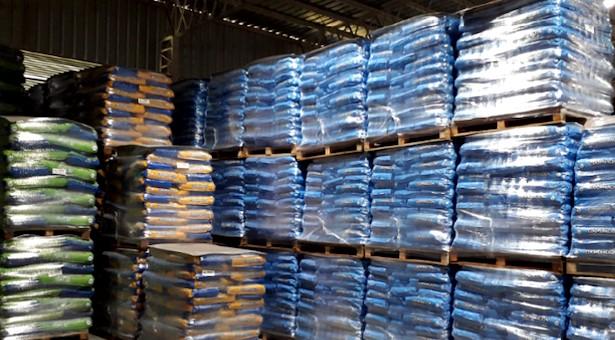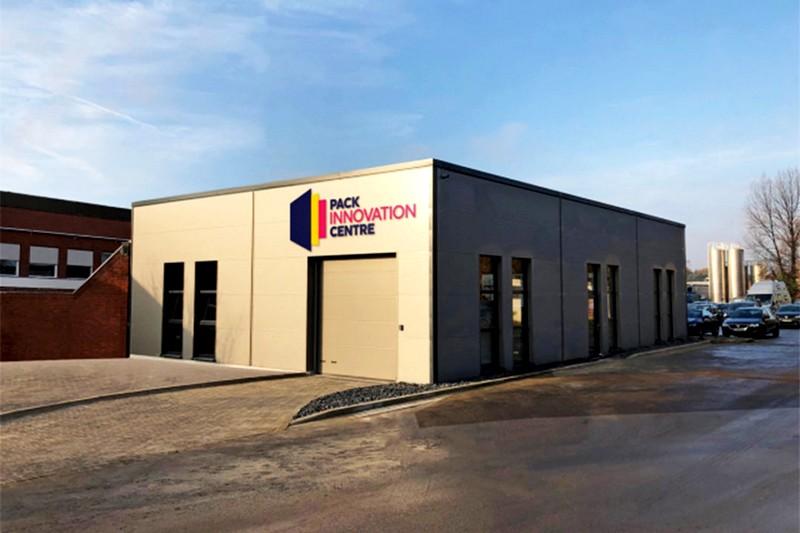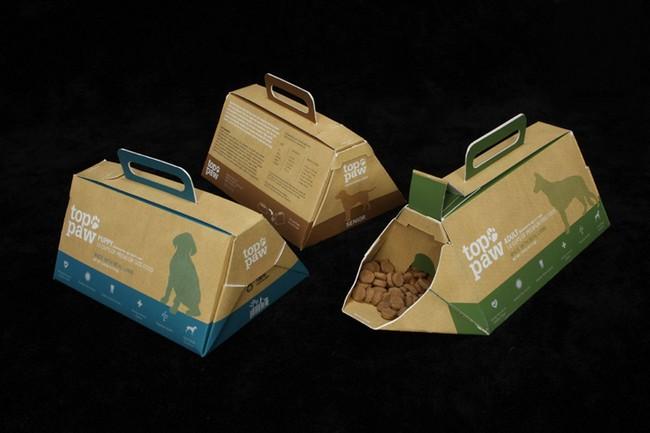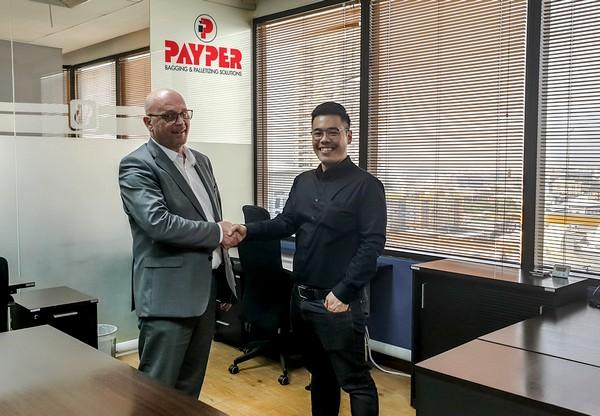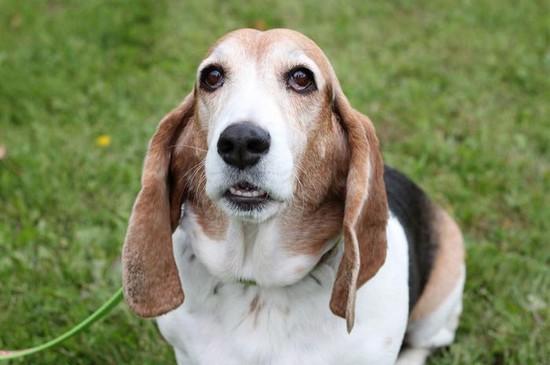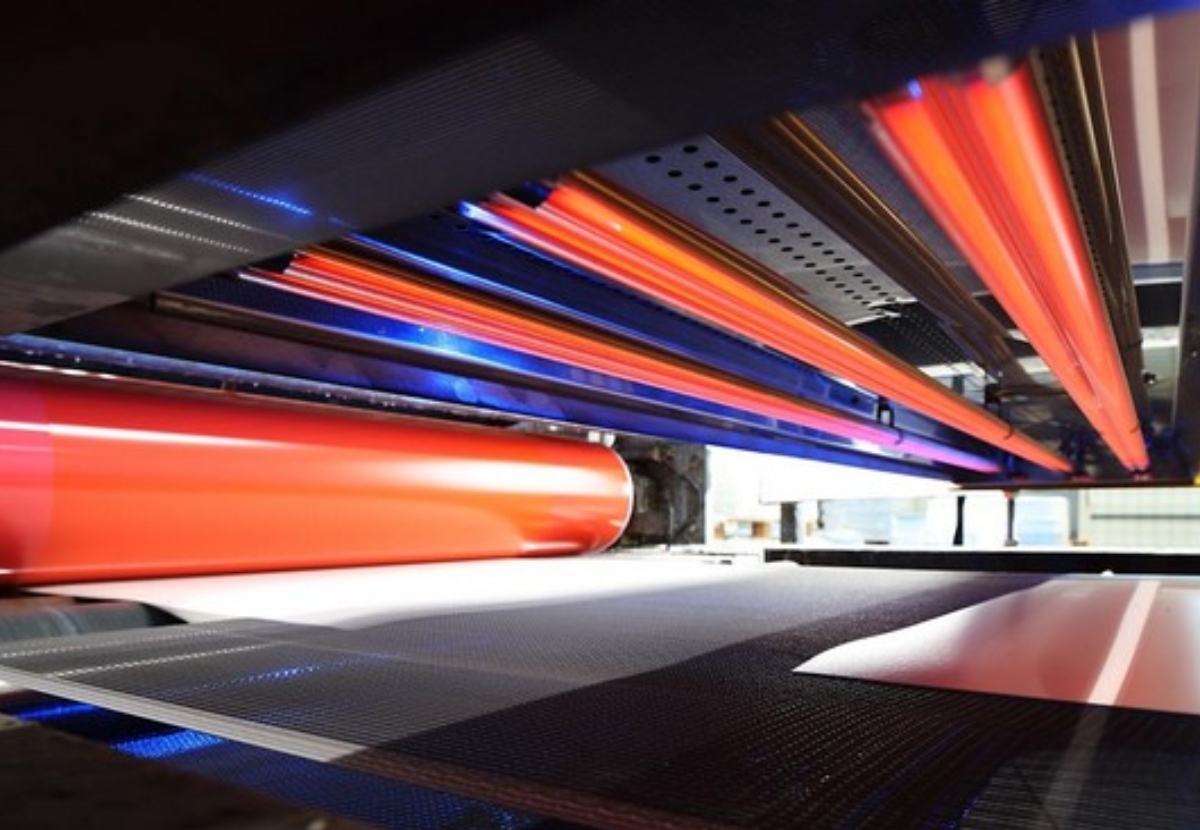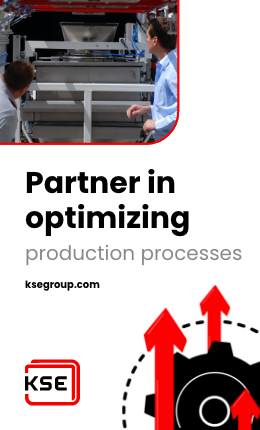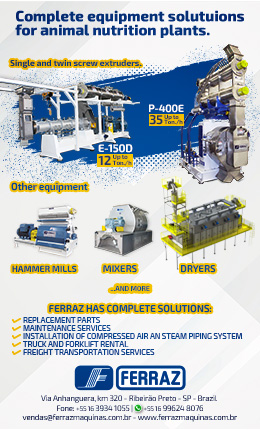16/03/2022
Why the Future of Sustainable Packaging in Pet Is Bright
Attendees benefitted from speakers, workshops, tools and collaborative sessions, all designed to help the pet industry take greater strides toward decreasing its overall waste footprint.
Danielle Jezienicki, director of sustainability of Grove Collaborative, a San Francisco-based retailer of sustainable home solutions, gave the keynote for the event, which was held Feb. 22-24. At her company, which has been a certified B Corp. since 2014, they've asked themselves questions like: What does it mean to be a sustainable company? How can we measure whether our business is a force for good?
Grove Collaborative is currently 100 percent plastic neutral, meaning every time a consumer receives plastic from them, they remove the same amount of ocean- and nature-bound plastic waste from the environment. Yet the company has set a bolder goal: to be 100 percent plastic free by 2025.
Jezienicki shared her company's roadmap for reaching this goal, admitting that they are not yet entirely sure how they will become plastic free. 'If you know how to reach your goal, it's not ambitious enough,' she said.
Jezienicki said she believes sometimes companies hesitate to commit to ambitious sustainability objectives because they don't immediately have all of the answers. She encouraged attendees to ask themselves: 'Where can your products be a force for positive impact?'
Cherish Morrison, senior category manager, Mud Bay Brands and sustainability, said she appreciates the opportunity to hear from other companies, and especially those outside the pet industry, about the strides they have made as well as the challenges they have faced.
'Grove Collaborative has set a high bar, which many of us attending found very inspiring,' Morrison said. Mud Bay, which has 60 stores and counting in Washington and Oregon, was part of PSC's Flex Forward pilot program.
Flex Forward was launched in partnership with Earth Animal, Pet Food Experts and almost 200 independent pet retailers. The pilot program for the in-store recycling of plastic pet food and treat bags ended in February 2021 and collected more than 8,000 pounds of packaging.
PSC has been conducting recycling trials and, in mid-February this year, received its feasibility report back from sustainability focused consulting firm Circular Matters. The report included full feasibility of all recycling systems/options, financial modeling, environmental impact modeling and supplier interviews. Melissa Bauer, director of strategic initiatives and sustainability for PSC, said they will be diving further into the report soon, and she offered attendees a glimpse of the findings, including some exciting numbers.
Bauer said that, with participation from independent and large specialty pet retailers, Flex Forward could potentially collect 4.5 million-plus pounds of pet food and treat packaging annually. The pilot program was very well received by staff and customers at Mud Bay.
'It was a great opportunity to help the PSC guide our industry on what is a reasonable path forward, greater recycling options for current packaging or optimizing our current recycling resources by using better packaging materials (that are easier to recycle) and by reducing our packaging overall,' Morrison said. 'If the Flex Forward program is made available as a permanent program, it will have the support of our company and our customers.'
In addition to the progress made with its Flex Forward program, PSC had more big news to share with attendees. PSC announced Packaging Pledge, an initiative aimed at encouraging companies to adopt sustainable packaging by 2025.
'We are very excited to be moving the pet industry forward with a clear and aligned sustainable packaging initiative, developed in collaboration with many industry experts,' Bauer said. 'This ensures we are all on the same path and share the same goals. Although each company's packaging situation is unique, the overall goal will be to move the pet industry to 100 percent recyclable, refillable or compostable packaging by 2025. PSC will serve as a partner to all signatories and provide the support and tools they need to reach their packaging commitments.'
Pledge enrollment will officially be open in July, but PSC is interested in launching with a few first followers, and companies can reach out to PSC for more information.
For many, the workshops were a highlight of UnPacked, giving event participants greater awareness of the resources that are available to help them develop effective plastic packaging strategies.
'After attending the Plastics IQ Demo workshop, I learned all about the free tool they offer to help with packaging transitions,' Morrison said. 'This brought a tremendous sense of relief knowing that such a tool exists to help us meet our packaging reduction and improvement goals.'
Learning about available tools was also beneficial to Christine Mallier, sustainability and community relations manager for manufacturer Petcurean Pet Nutrition in Chilliwack, British Columbia, Canada.
'I enjoyed the sessions around new tools and technology for making science-based decisions and goals for sustainable packaging,' Mallier said. 'This science-based approach completely aligns with Petcurean's approach to pet food. We've already implemented some of these sustainable packaging options—such as our Tetra Pak cartons for our wet food collection—and are excited to expand upon this for existing and future packaging decisions.'
The event also featured sessions on packaging-related legislation in Europe and North America. 'I look forward to taking some of the key learnings, such as the sessions on EPR (extended producer responsibility) legislation and the impact in the USA and Europe, and implementing them into the work I do at Petcurean,' Mallier said.
The Future of Packaging in Pet
The success of this year's UnPacked, which had nearly 350 registrants, is a positive indication for the future of sustainability in the pet industry. PSC was formed in 2013, and since then, packaging has risen to become one of the top sustainability priorities of the industry, Bauer reported.
'First, we saw packaging strategies focused on reducing packaging, or lightweighting,' she said. 'In the last 12 months, we [have seen] momentum significantly gaining towards recyclable packaging, and we're starting to see really exciting movement as brands and retailers begin to explore opportunities for refillable or bulk solutions. We hope that companies that want to be part of this movement will join us and receive the support and resources they need through the PSC Packaging Pledge.'
Next year, Bauer added, the organization looks forward to hosting a 10-year anniversary party to celebrate the accomplishments of its sustainable business community and 'the incredible advancements of sustainability at large within the pet industry.'
by Carrie Brenner -PPN
